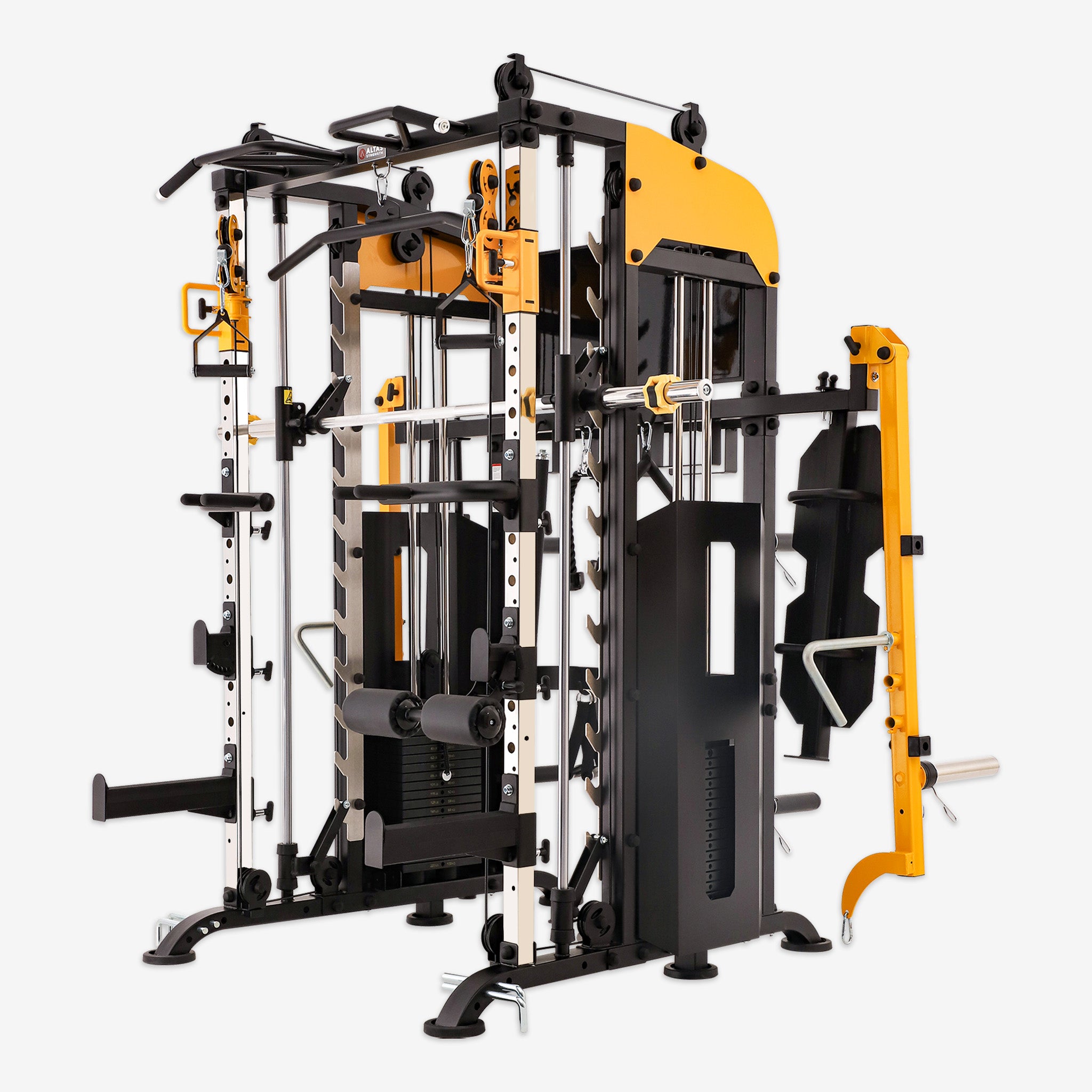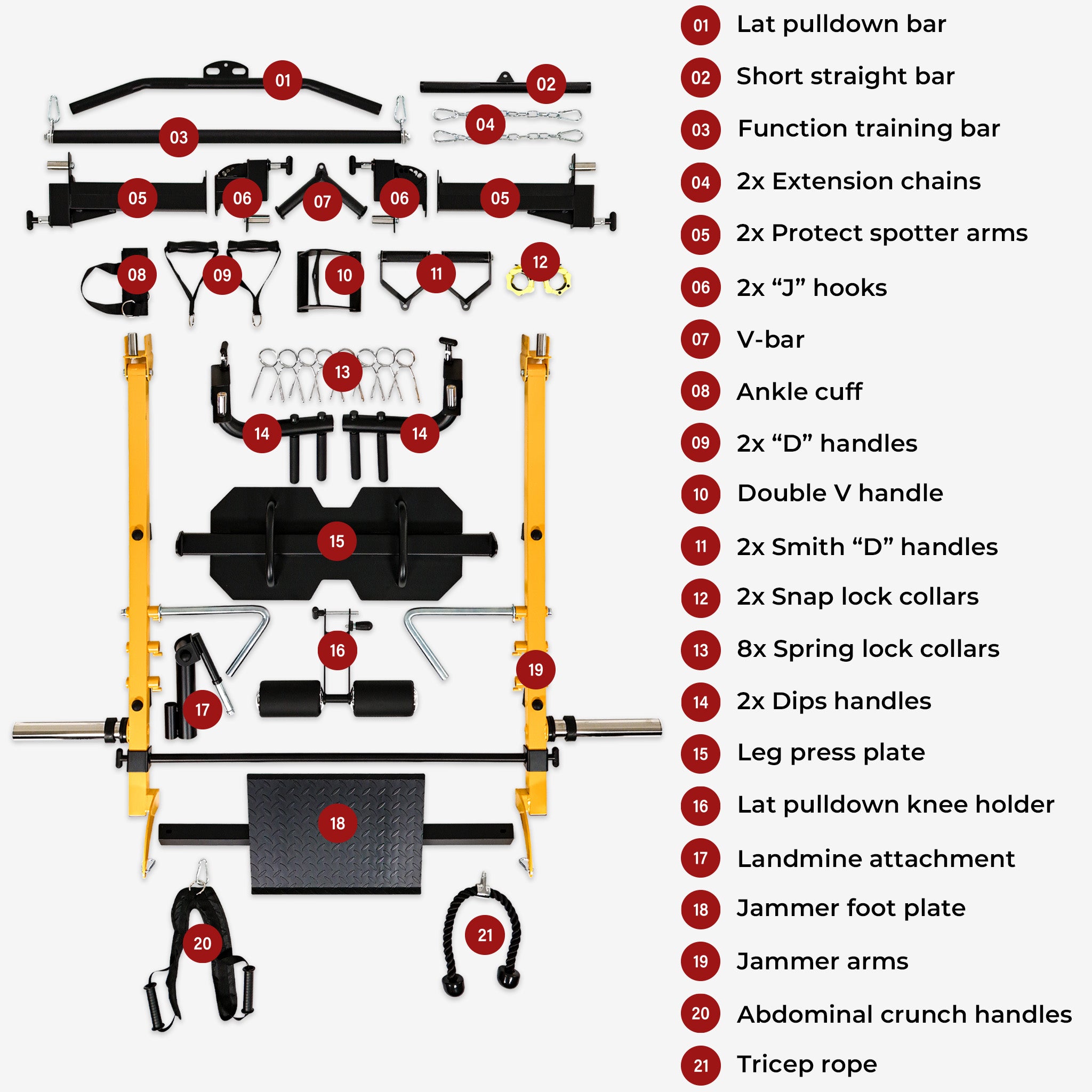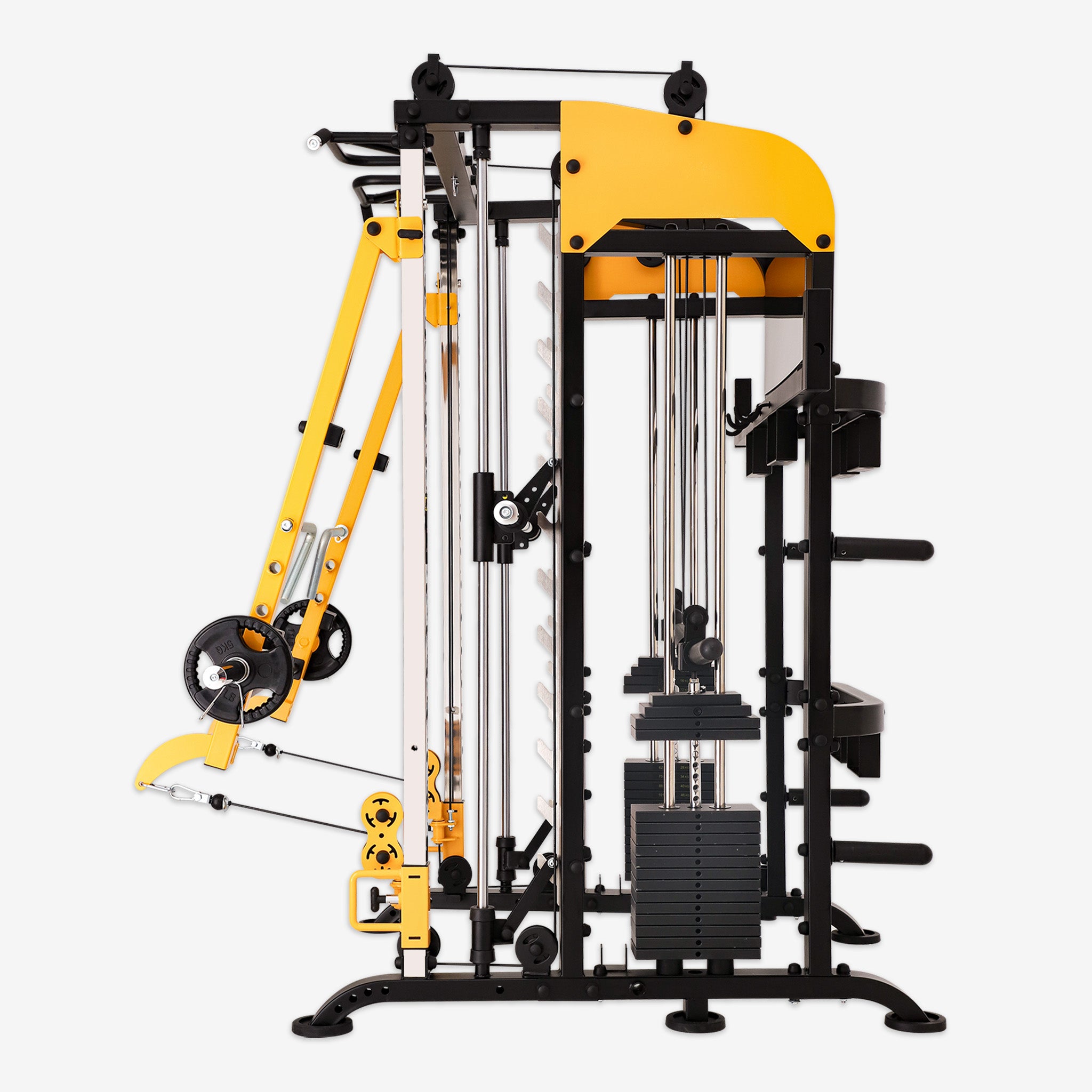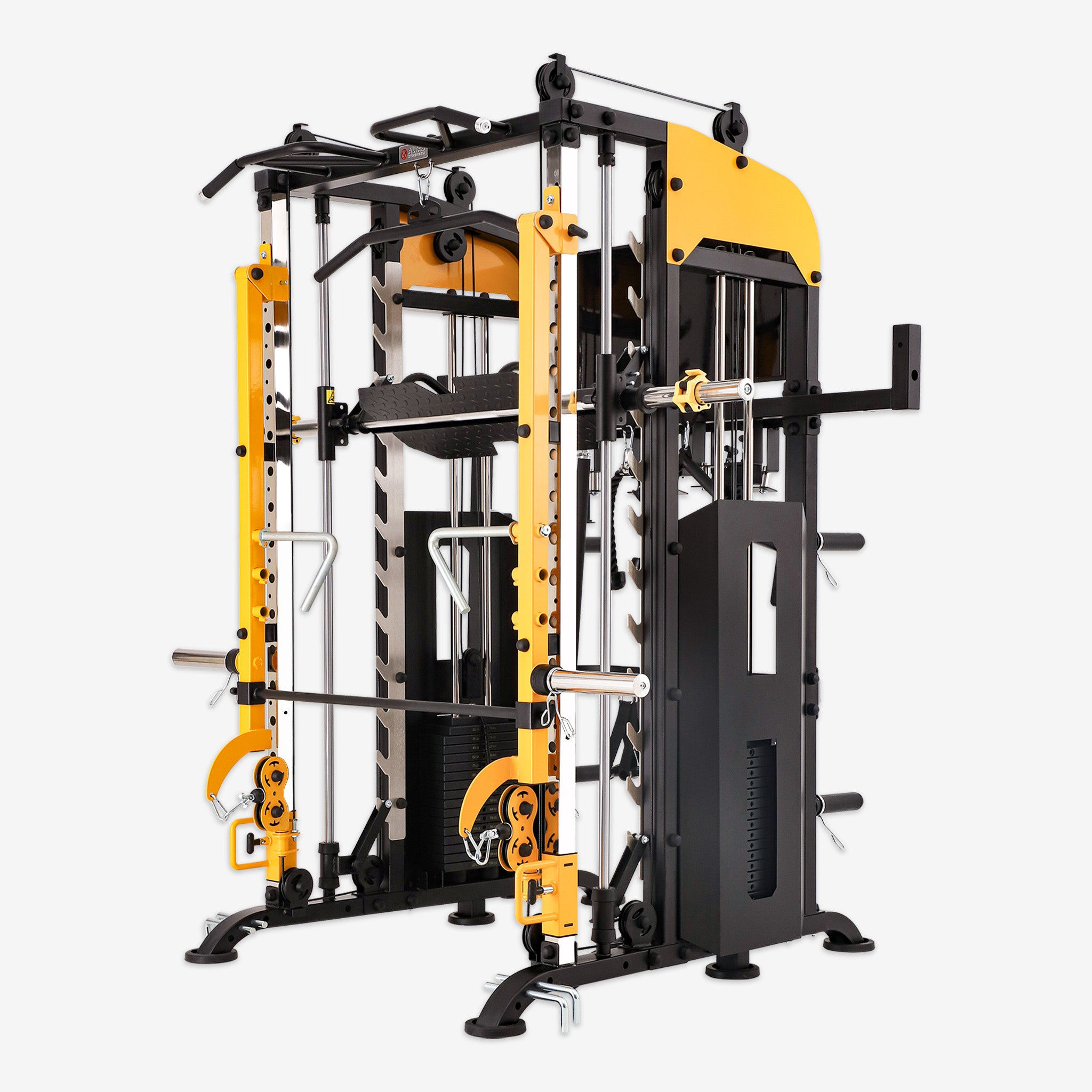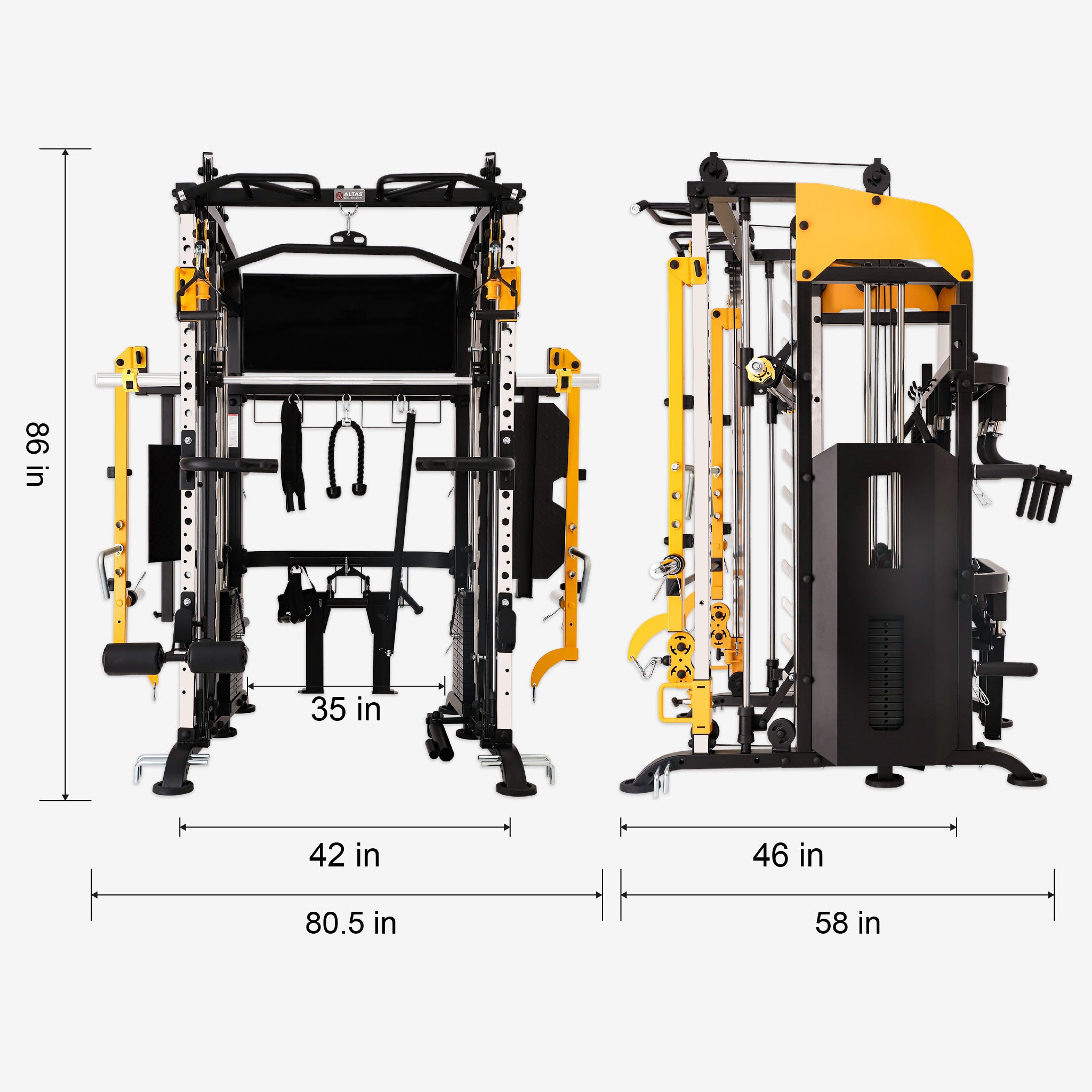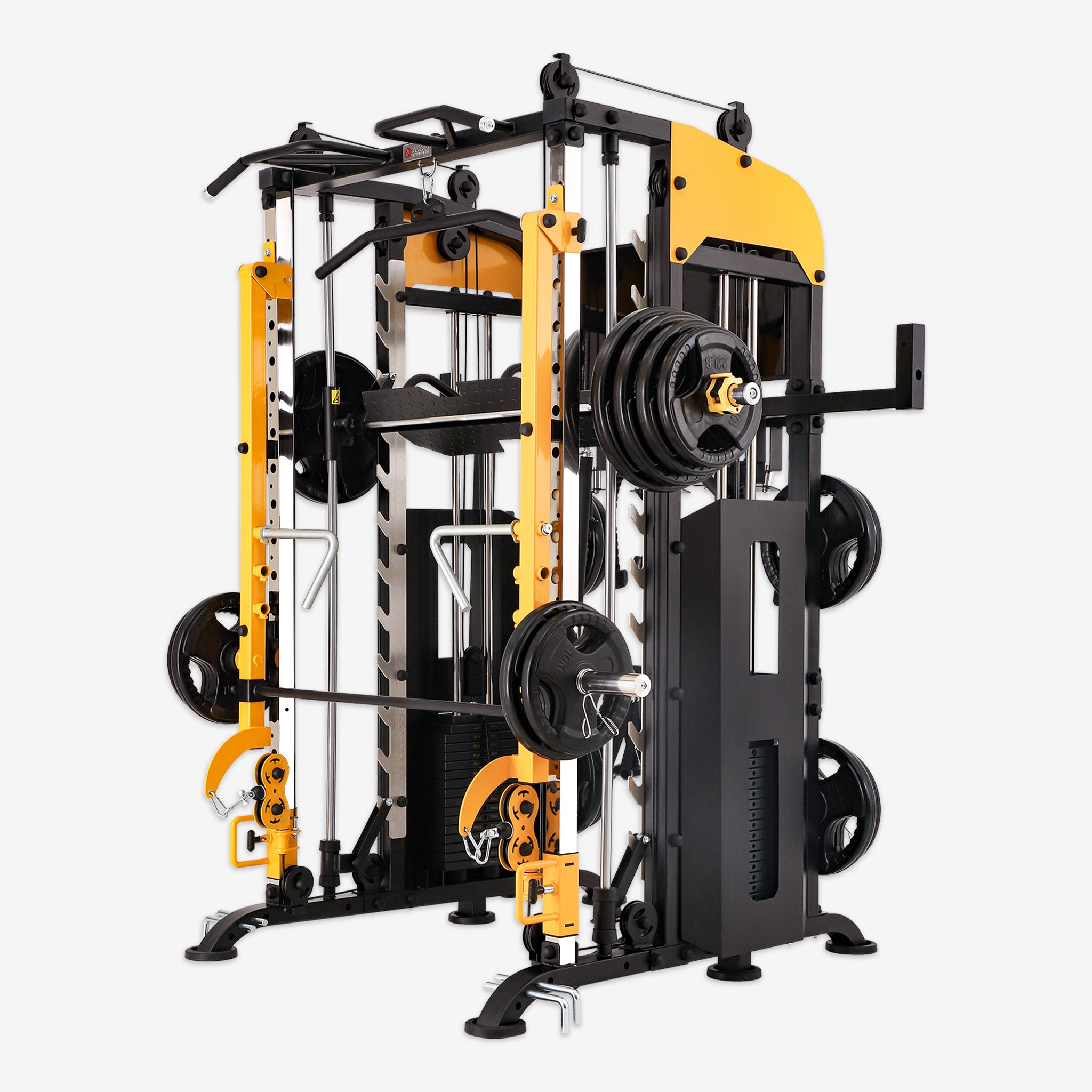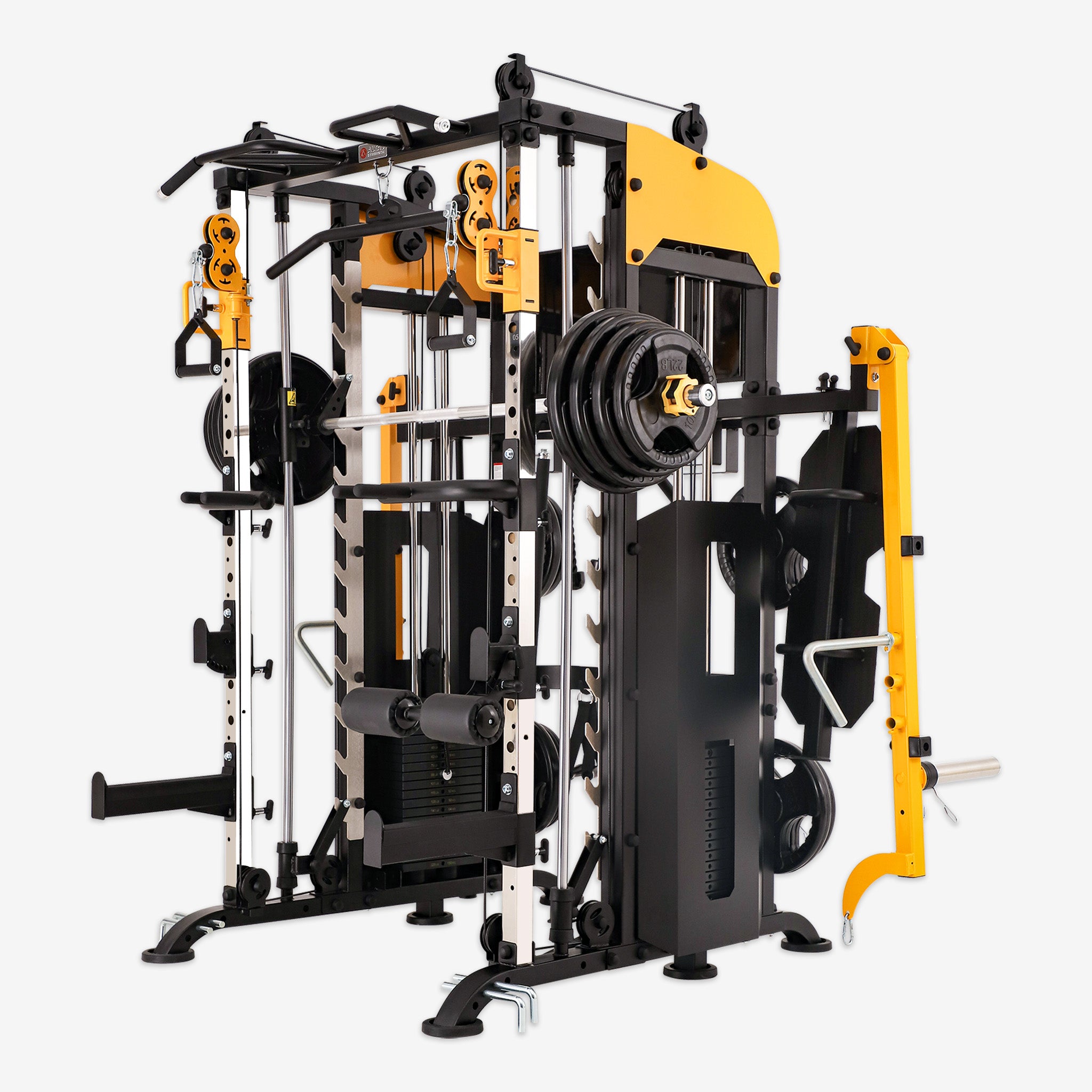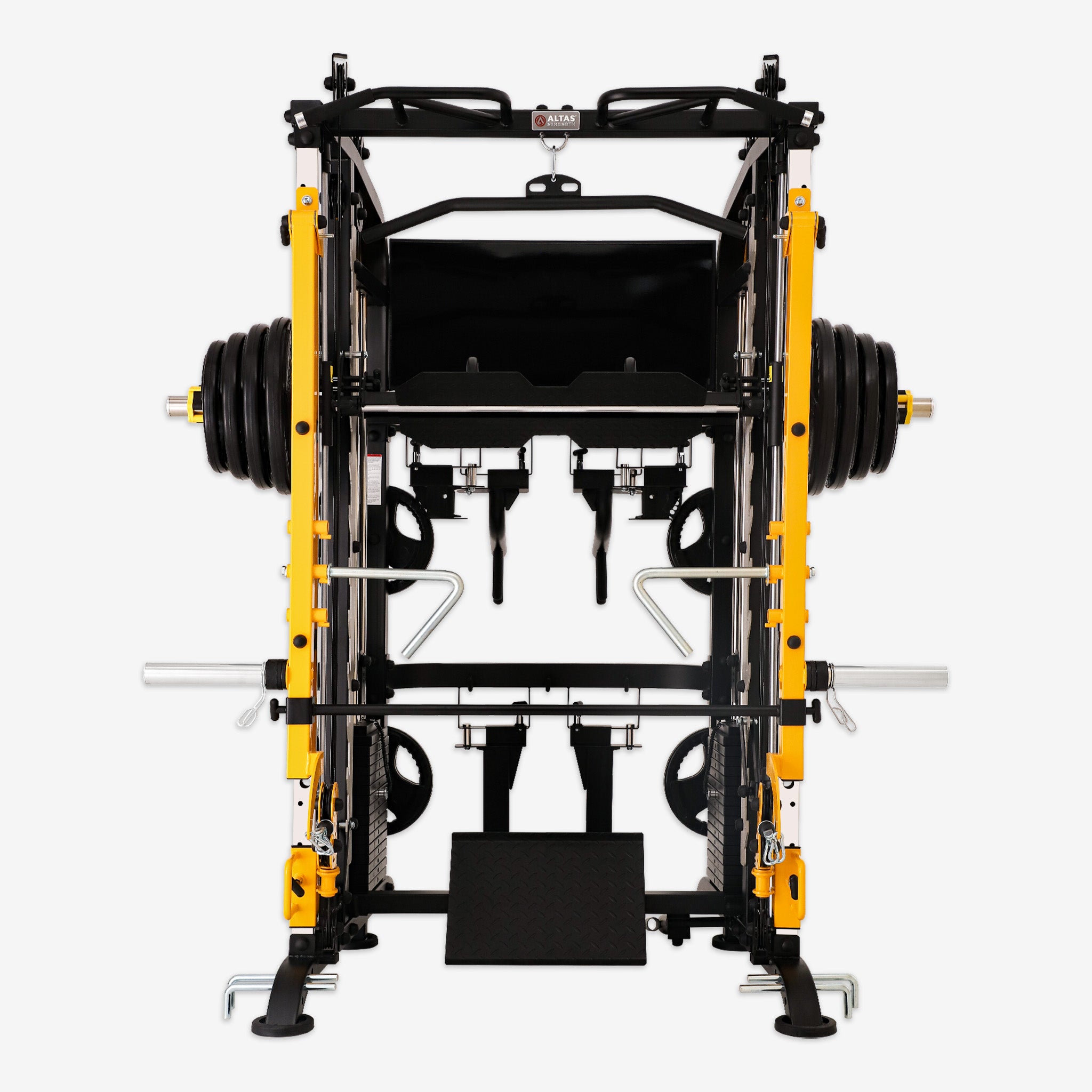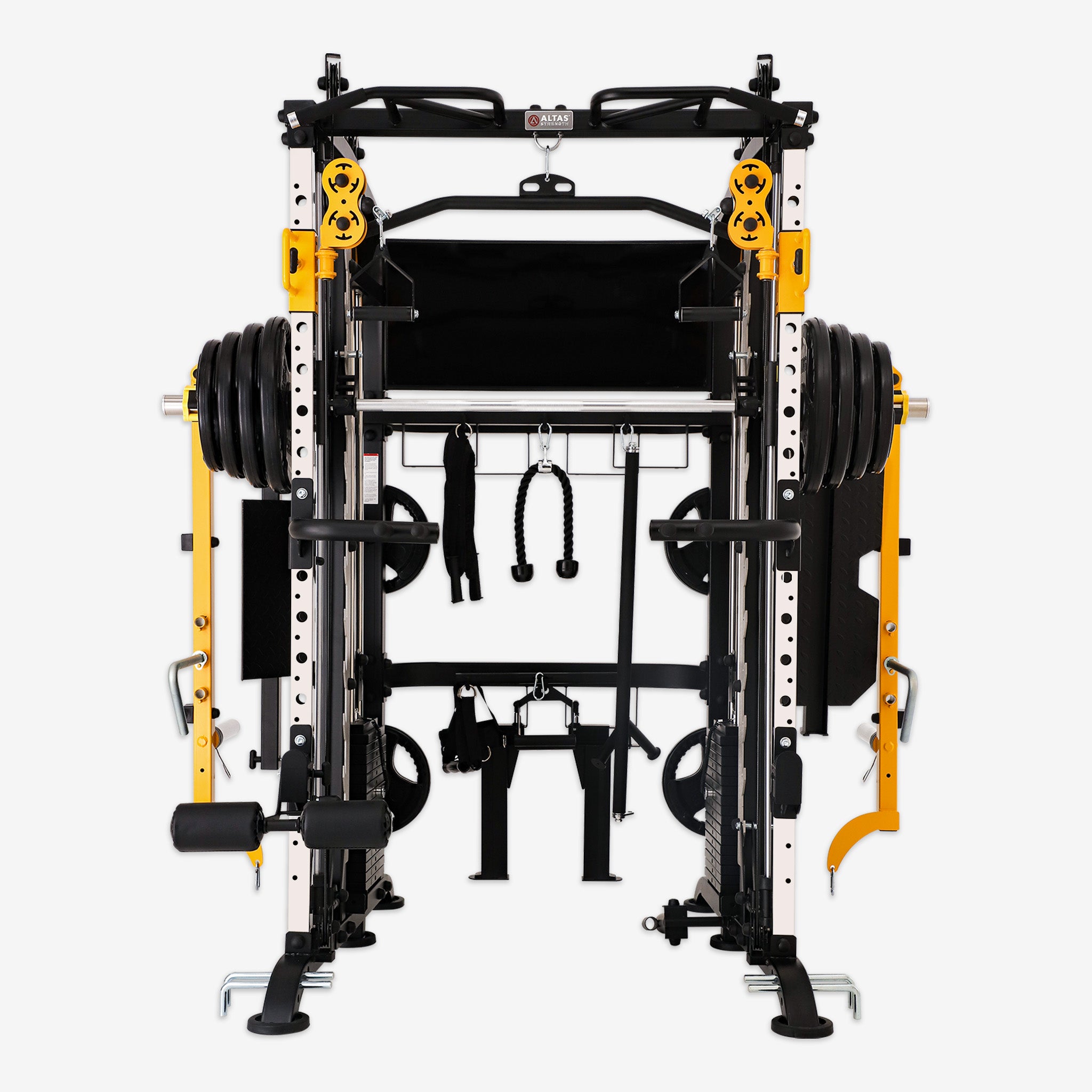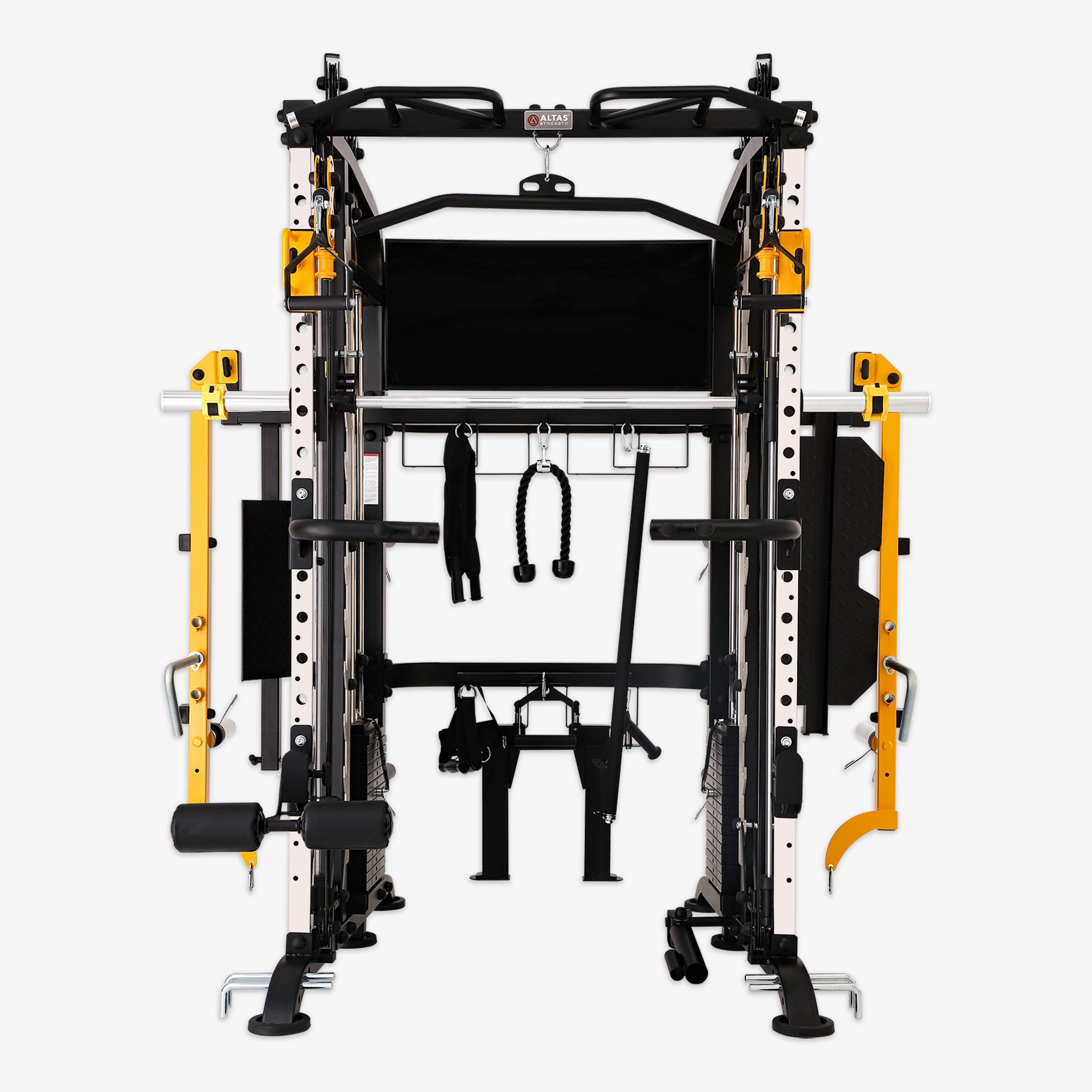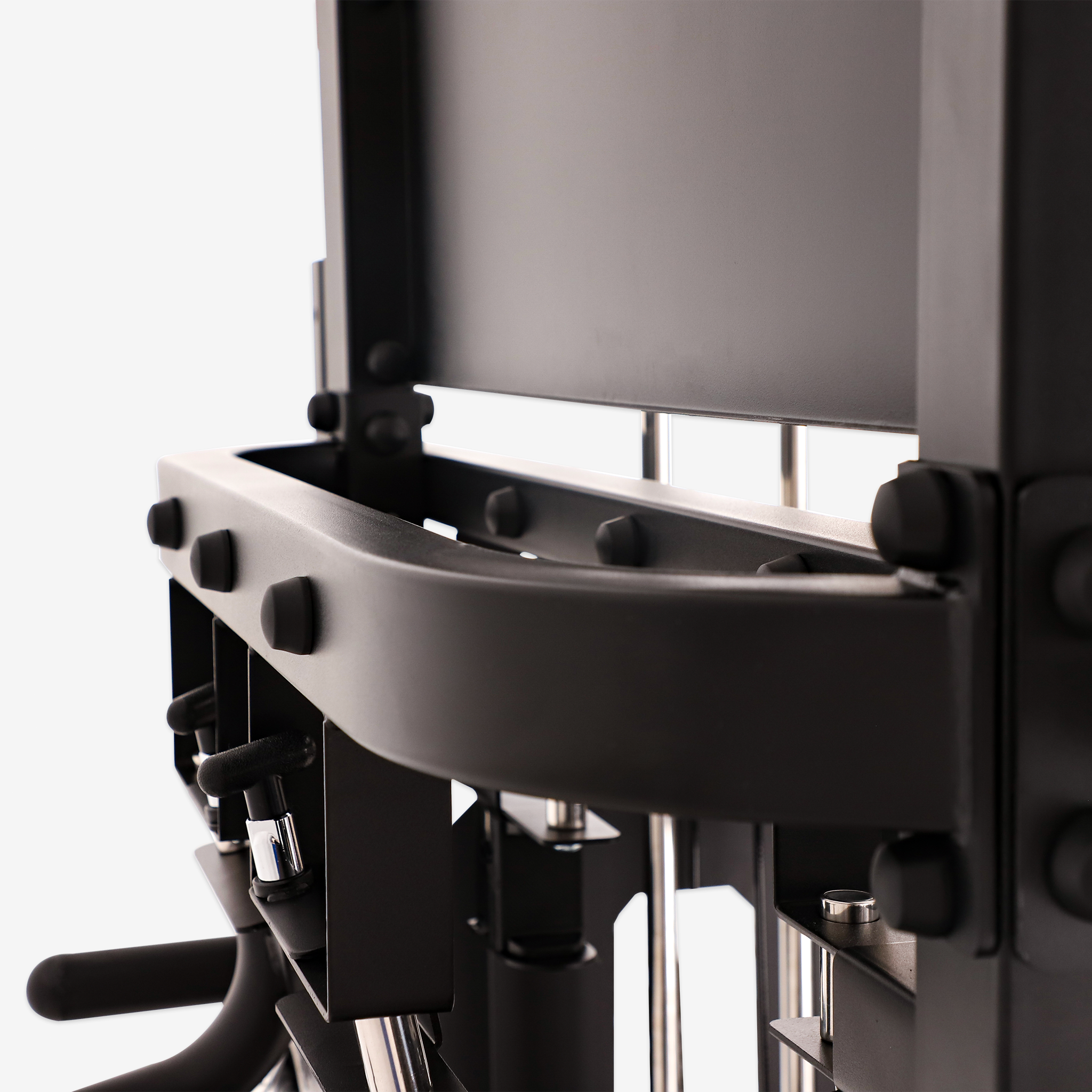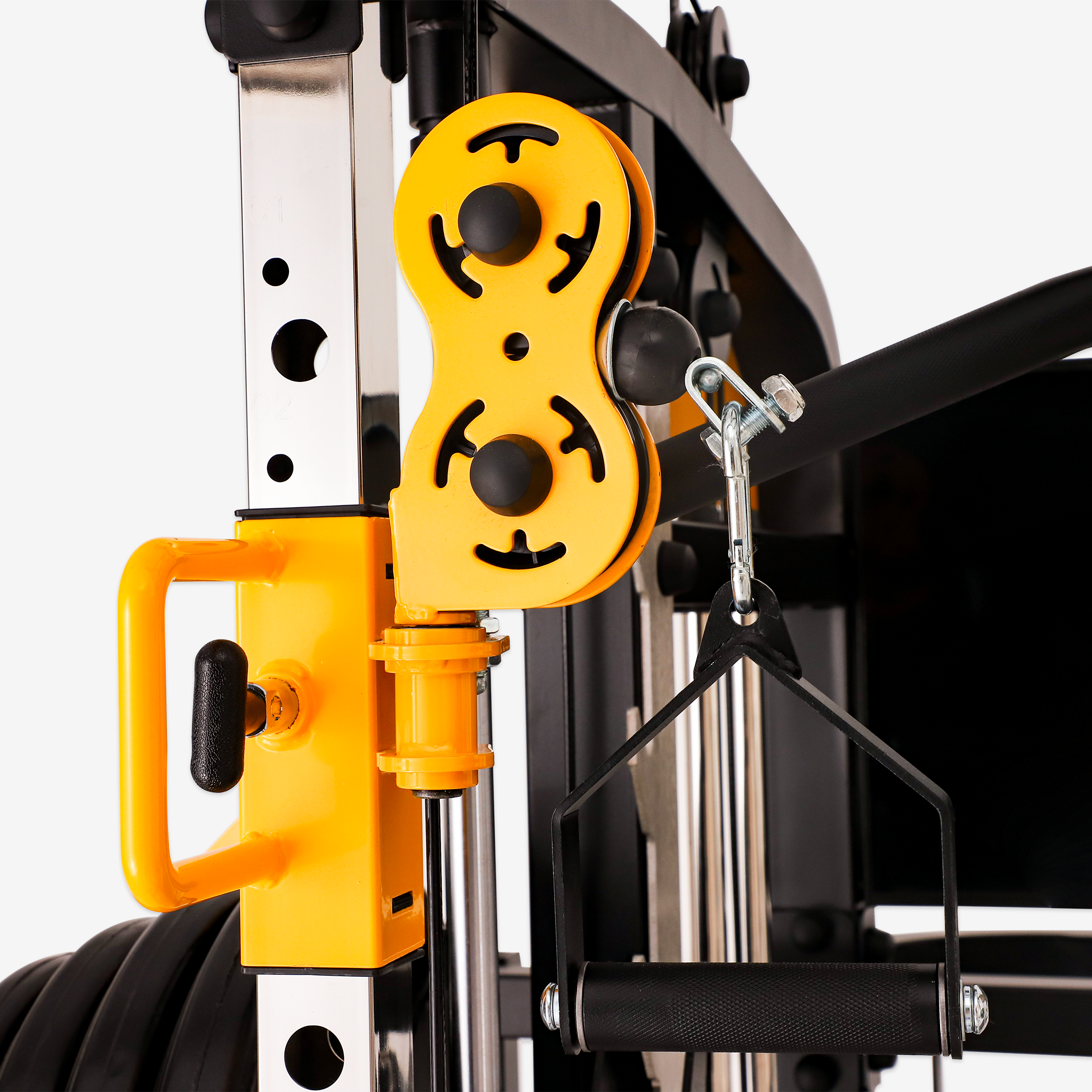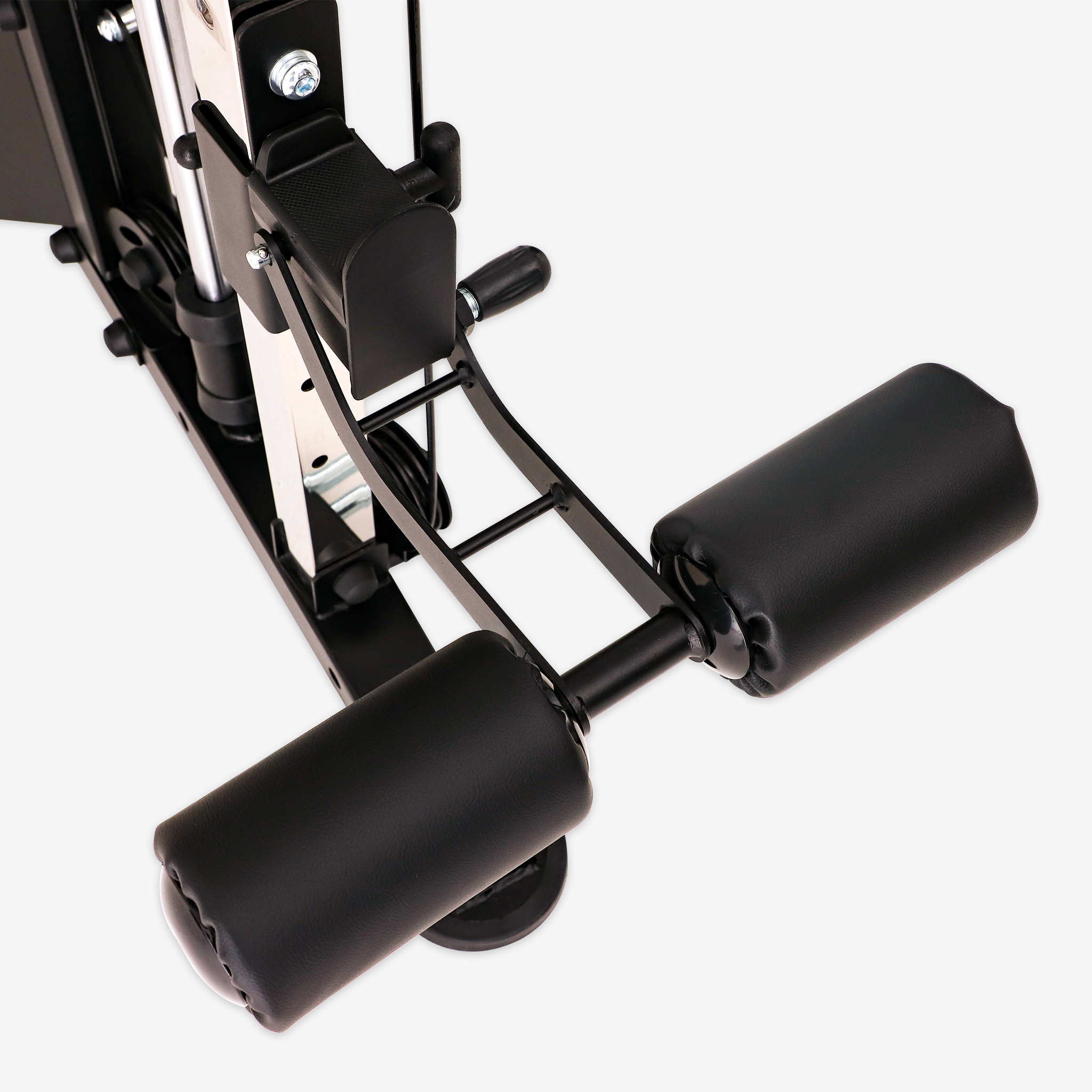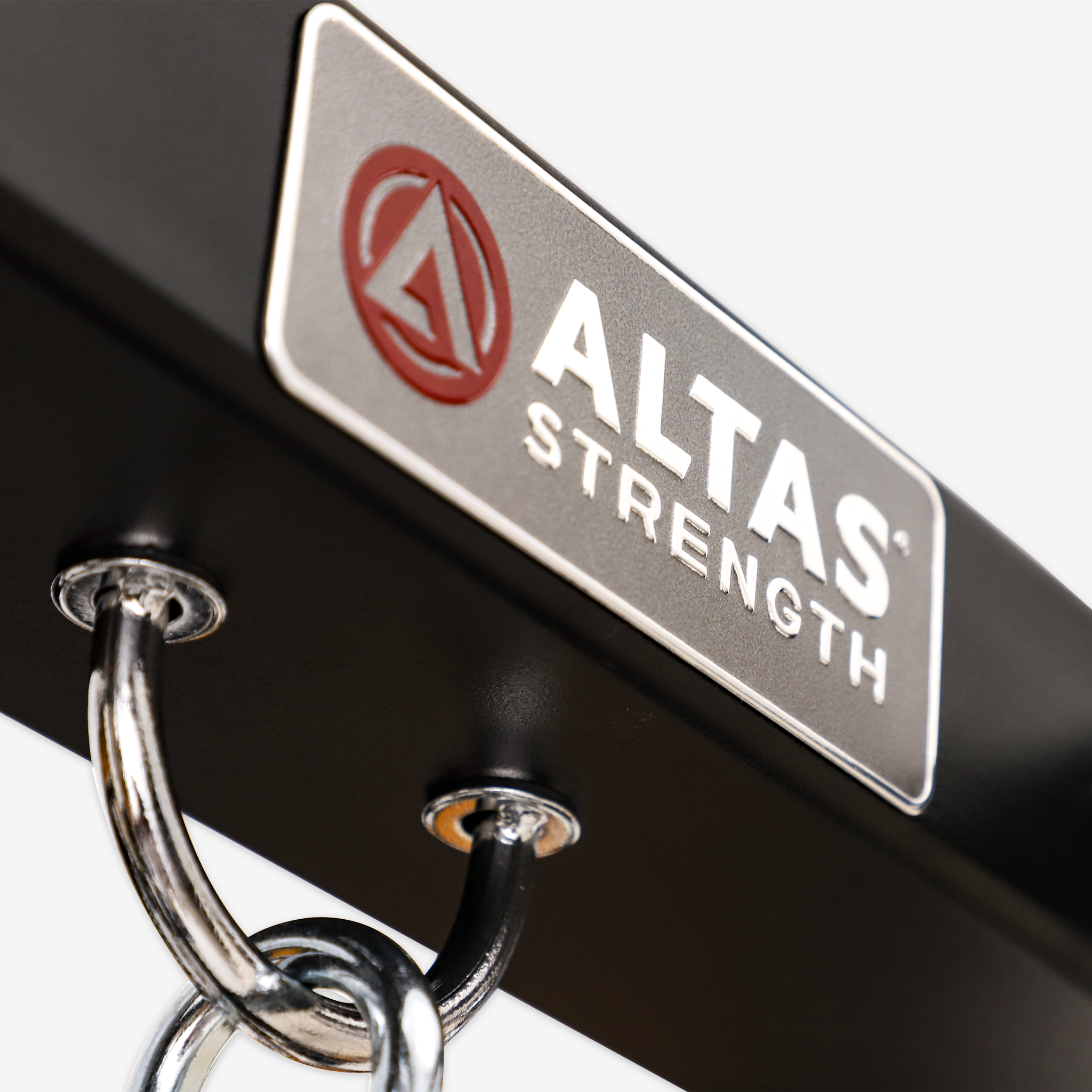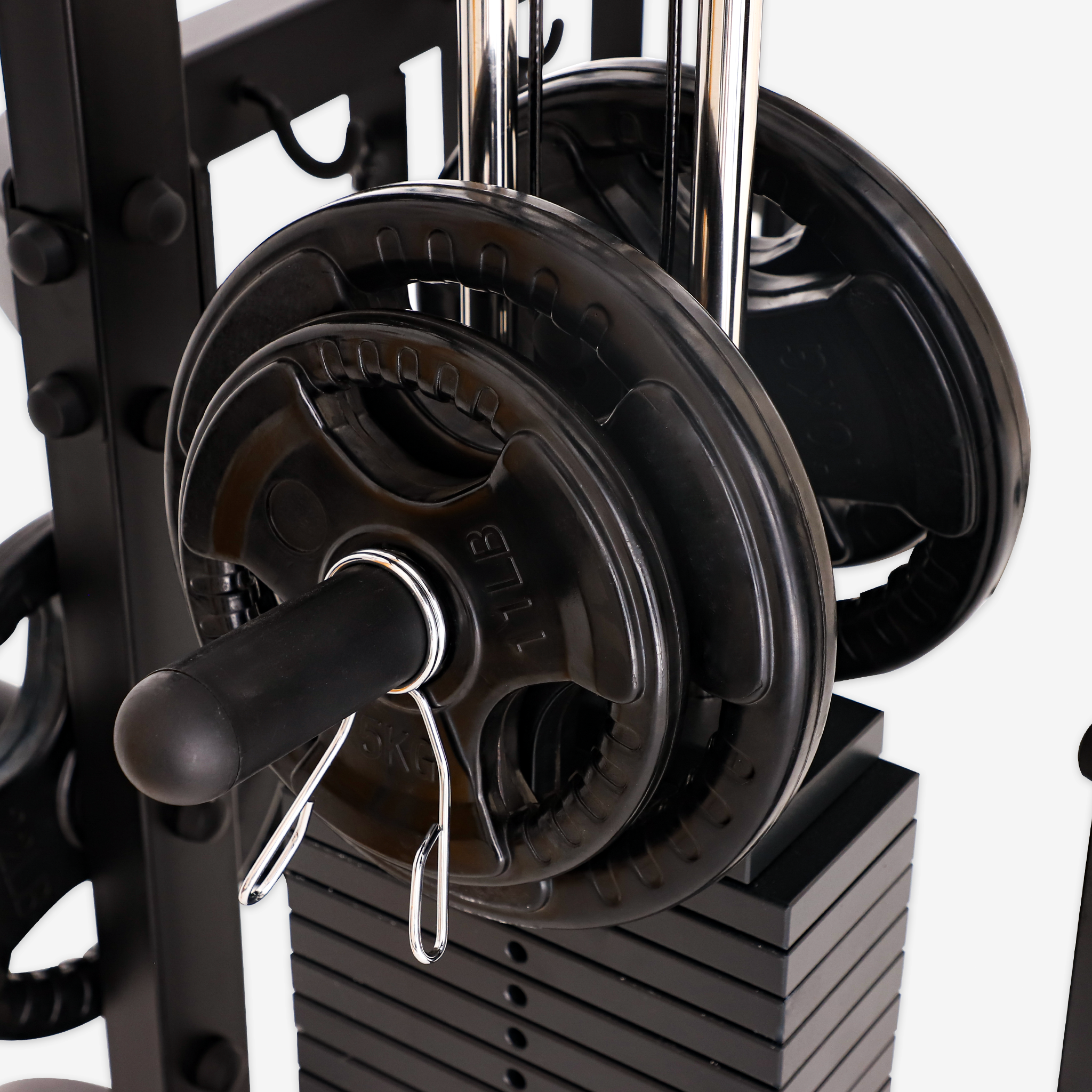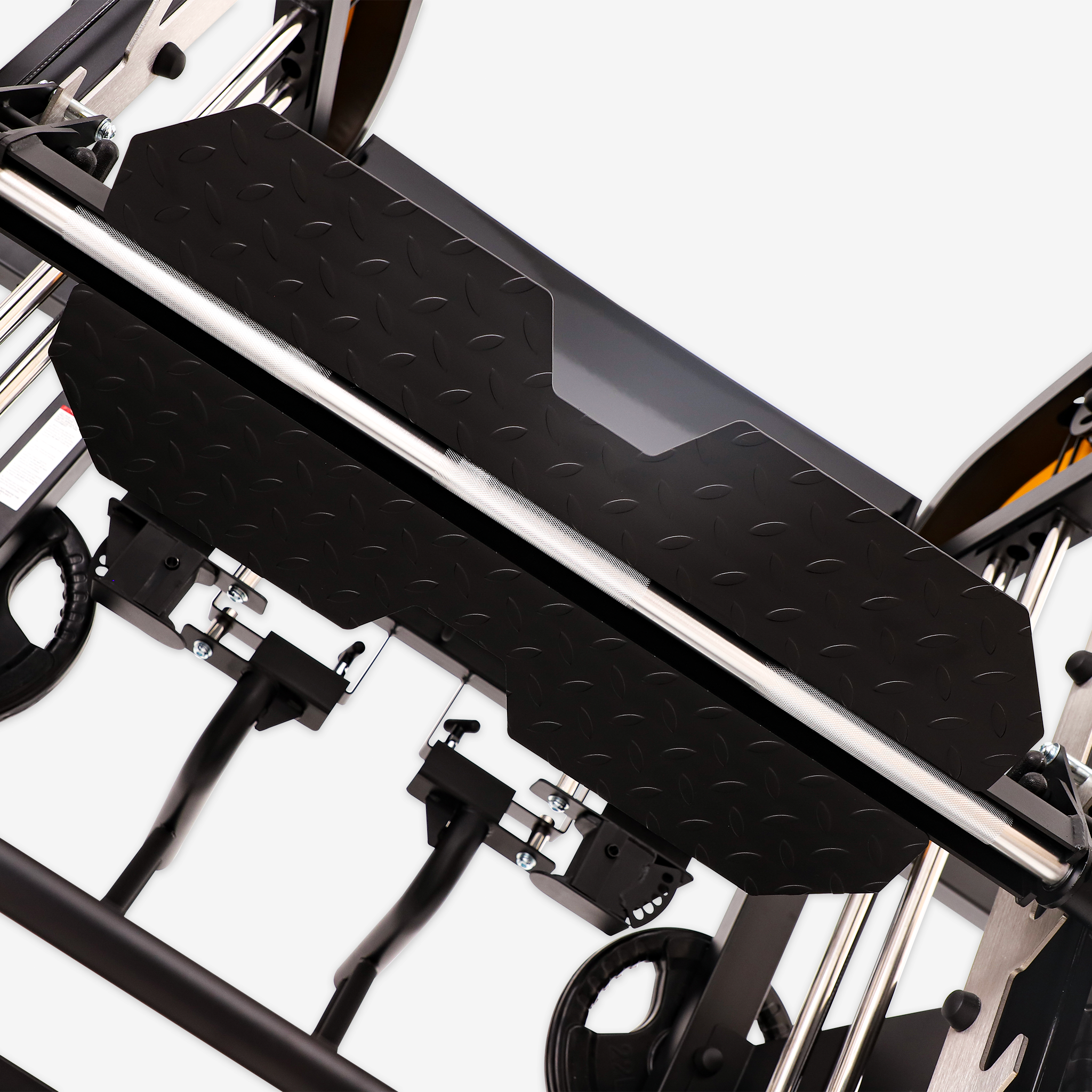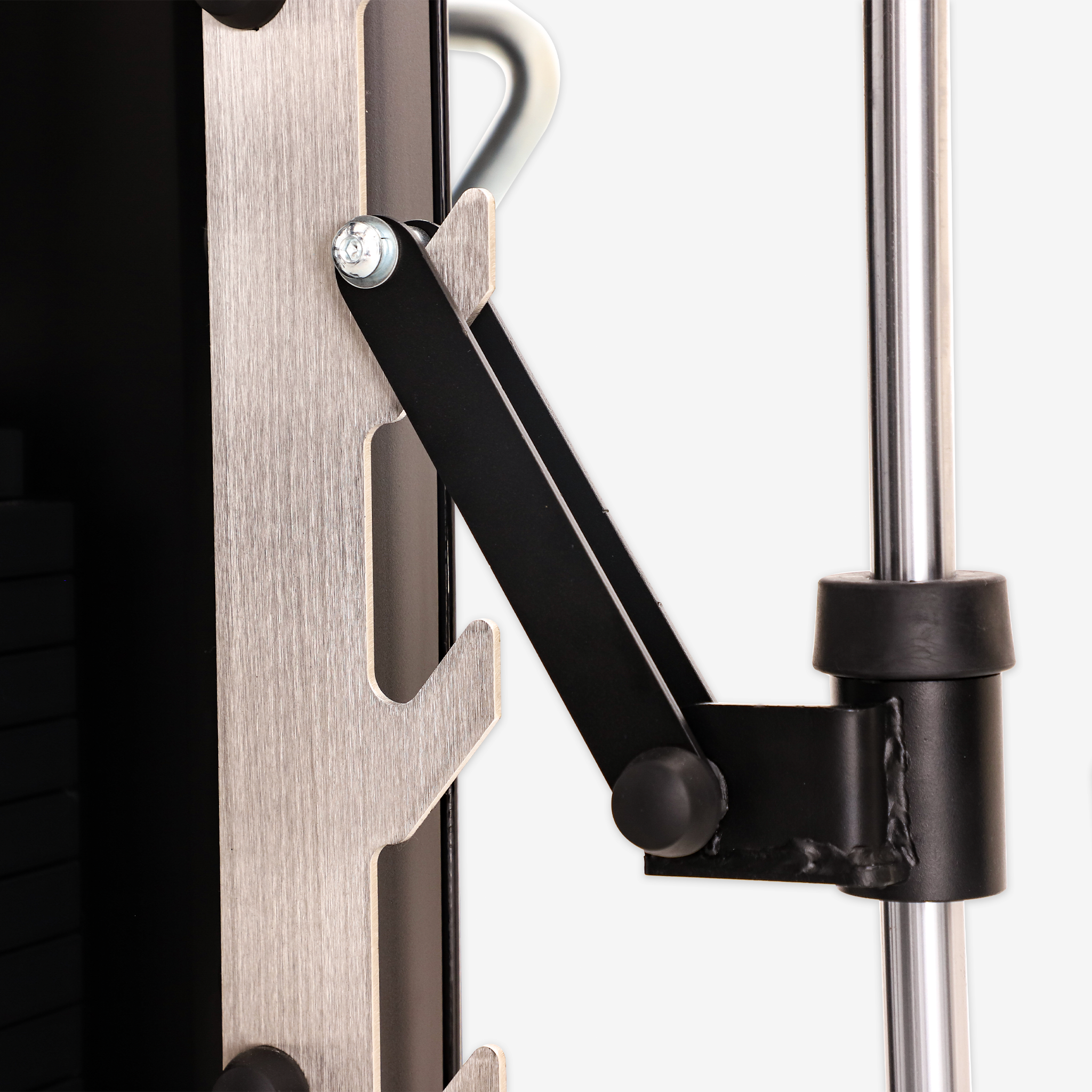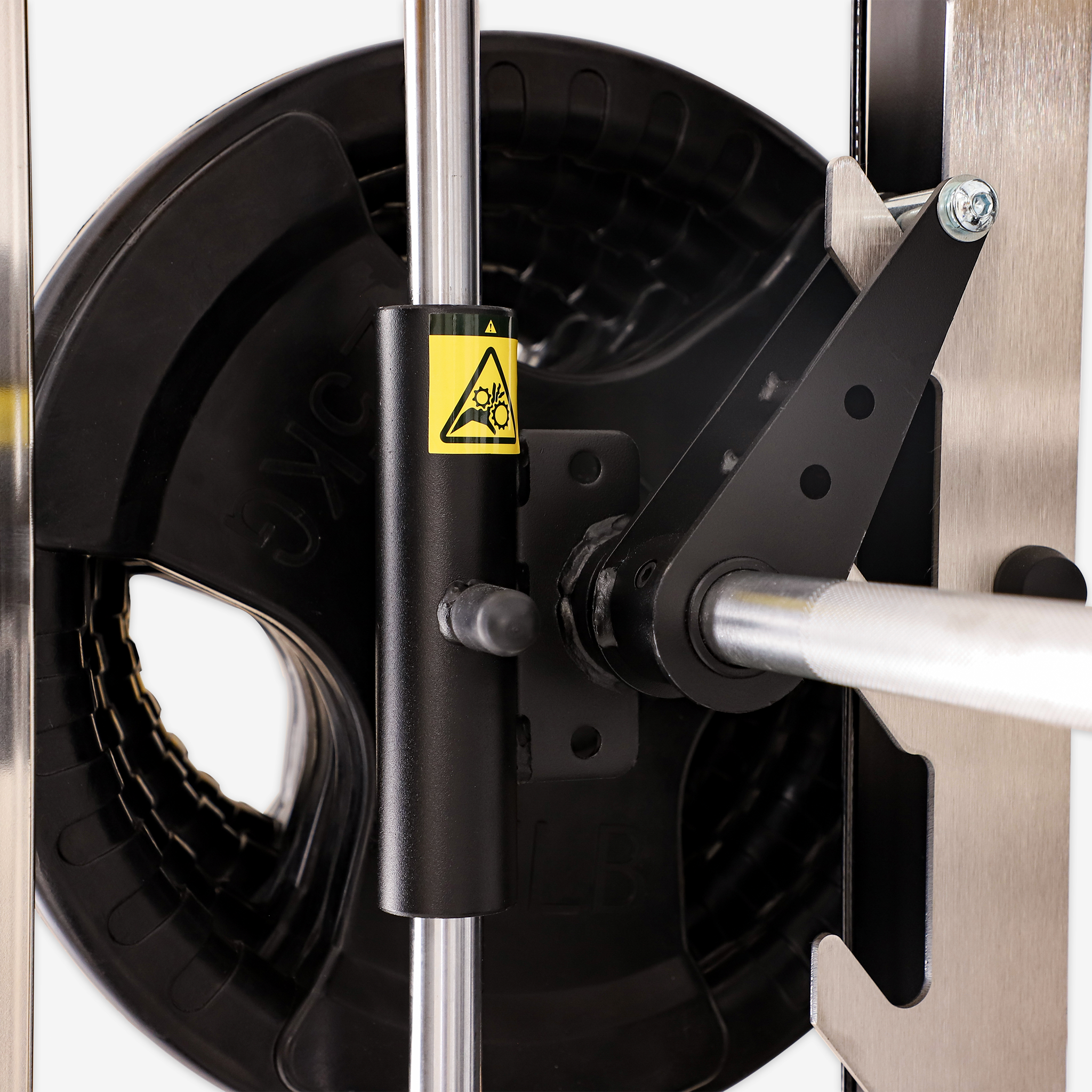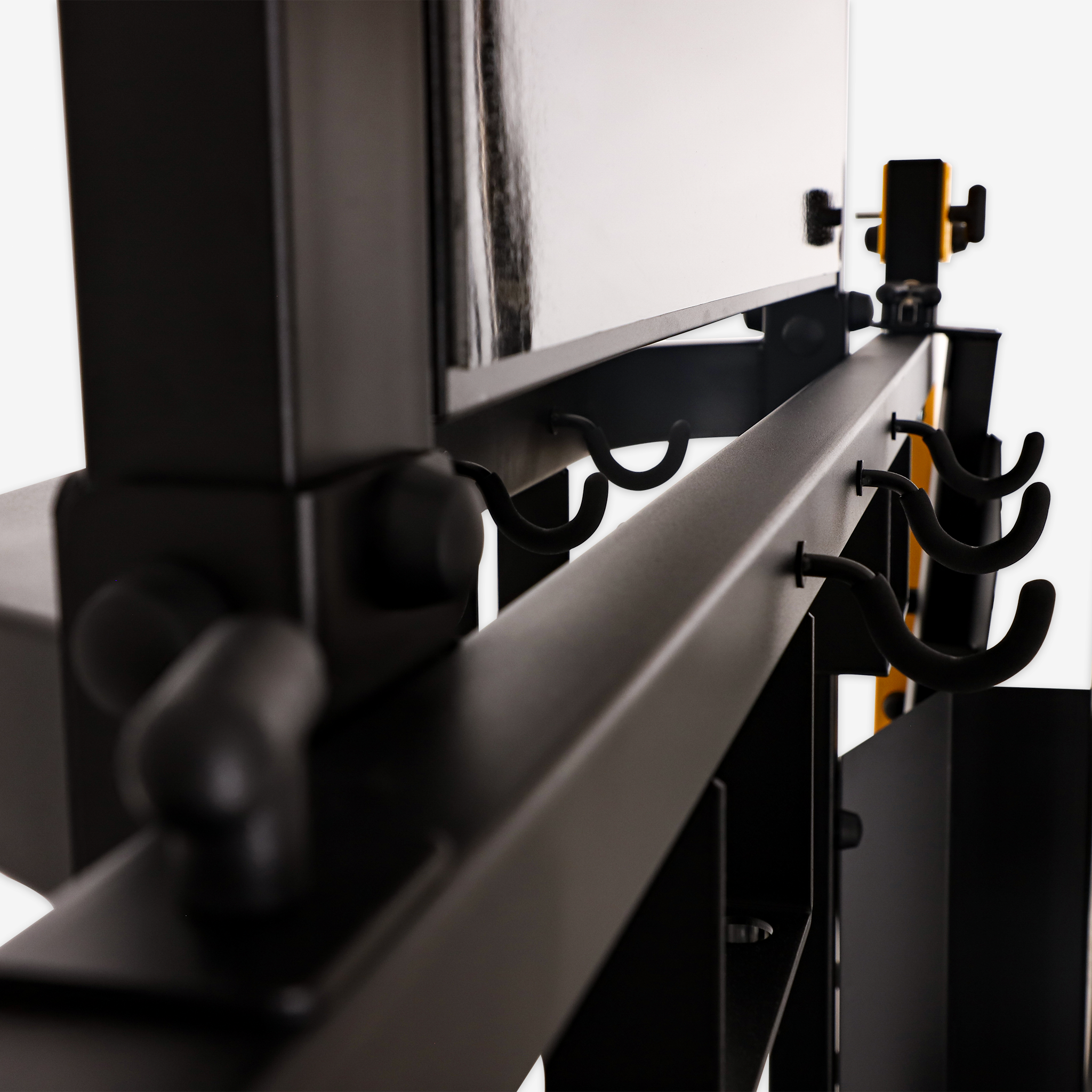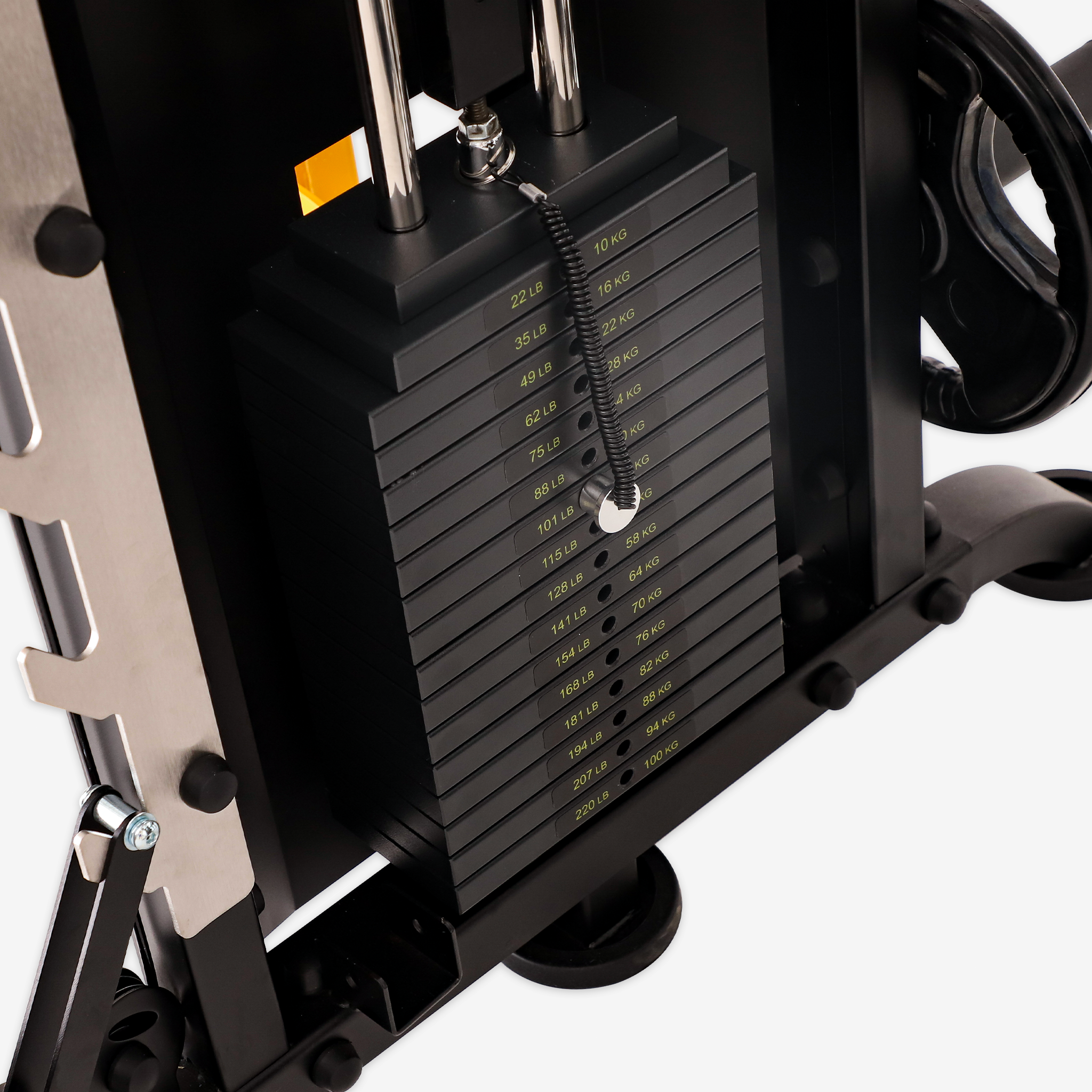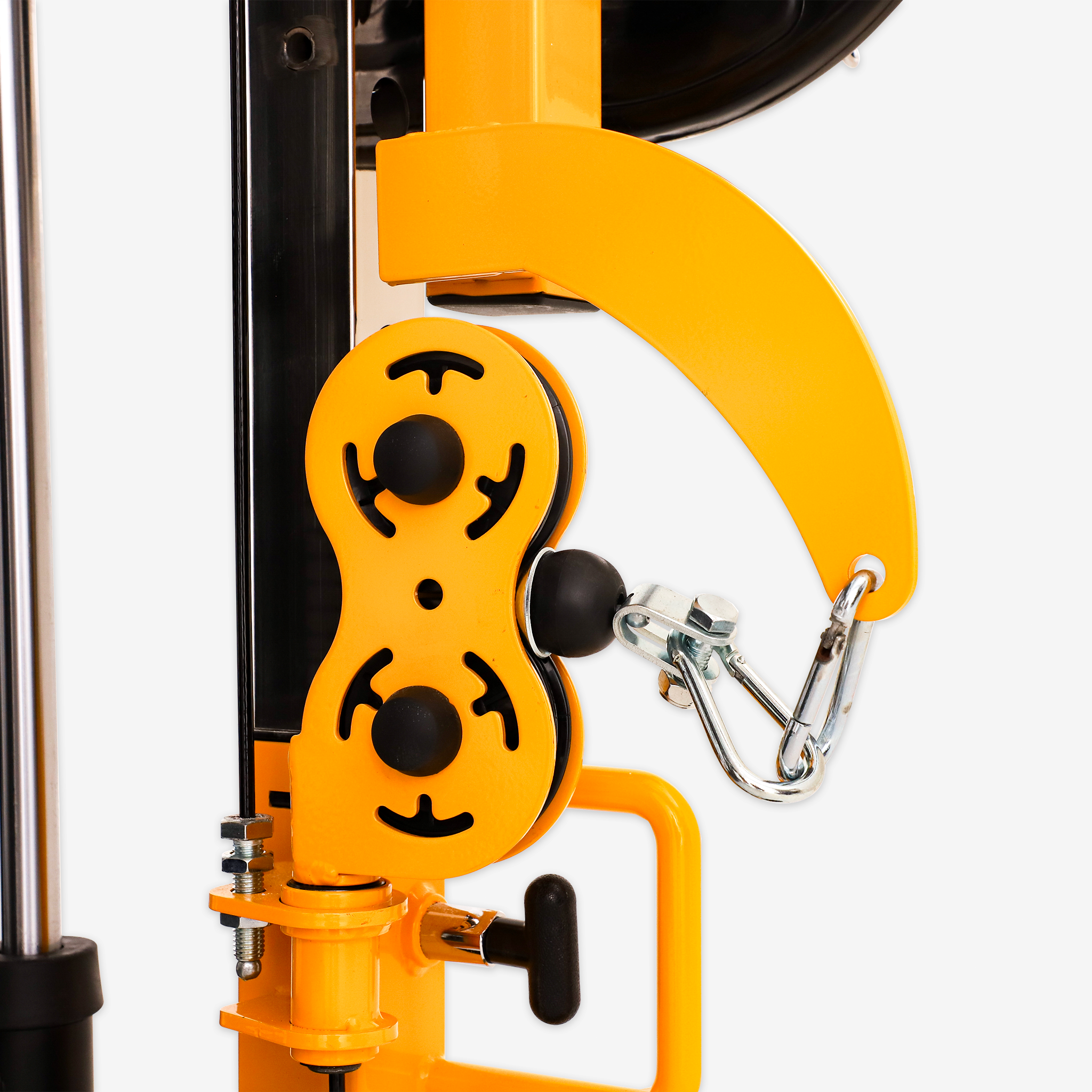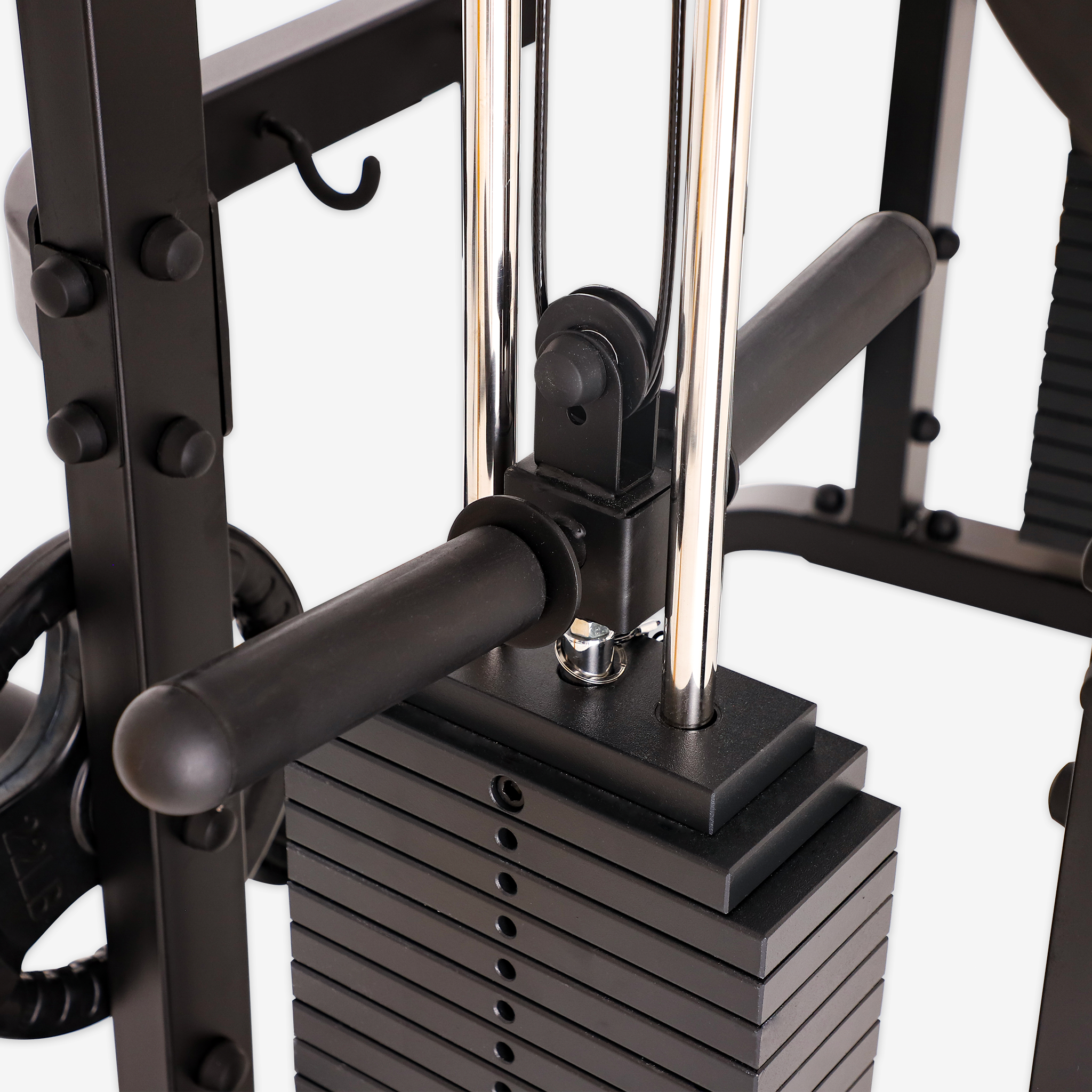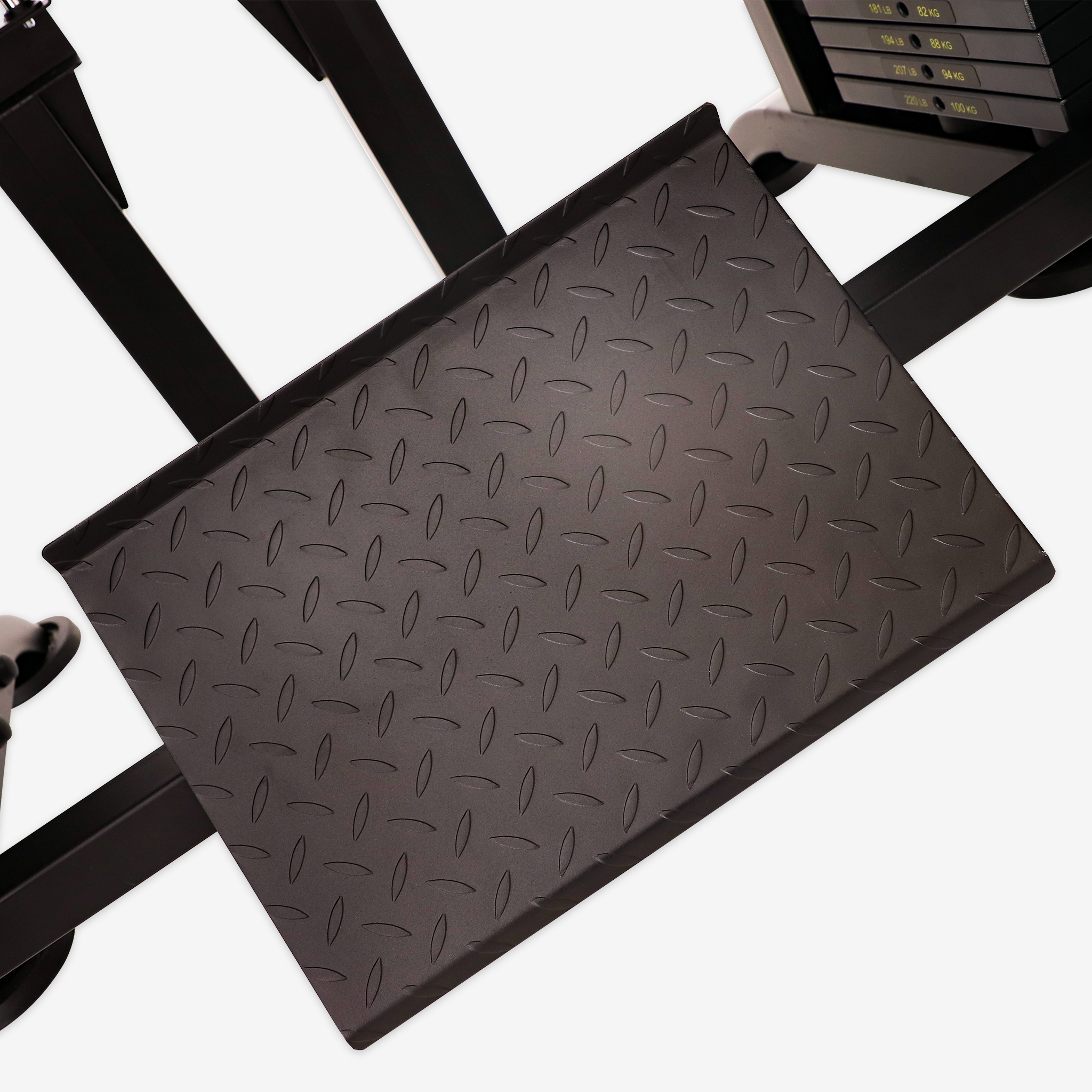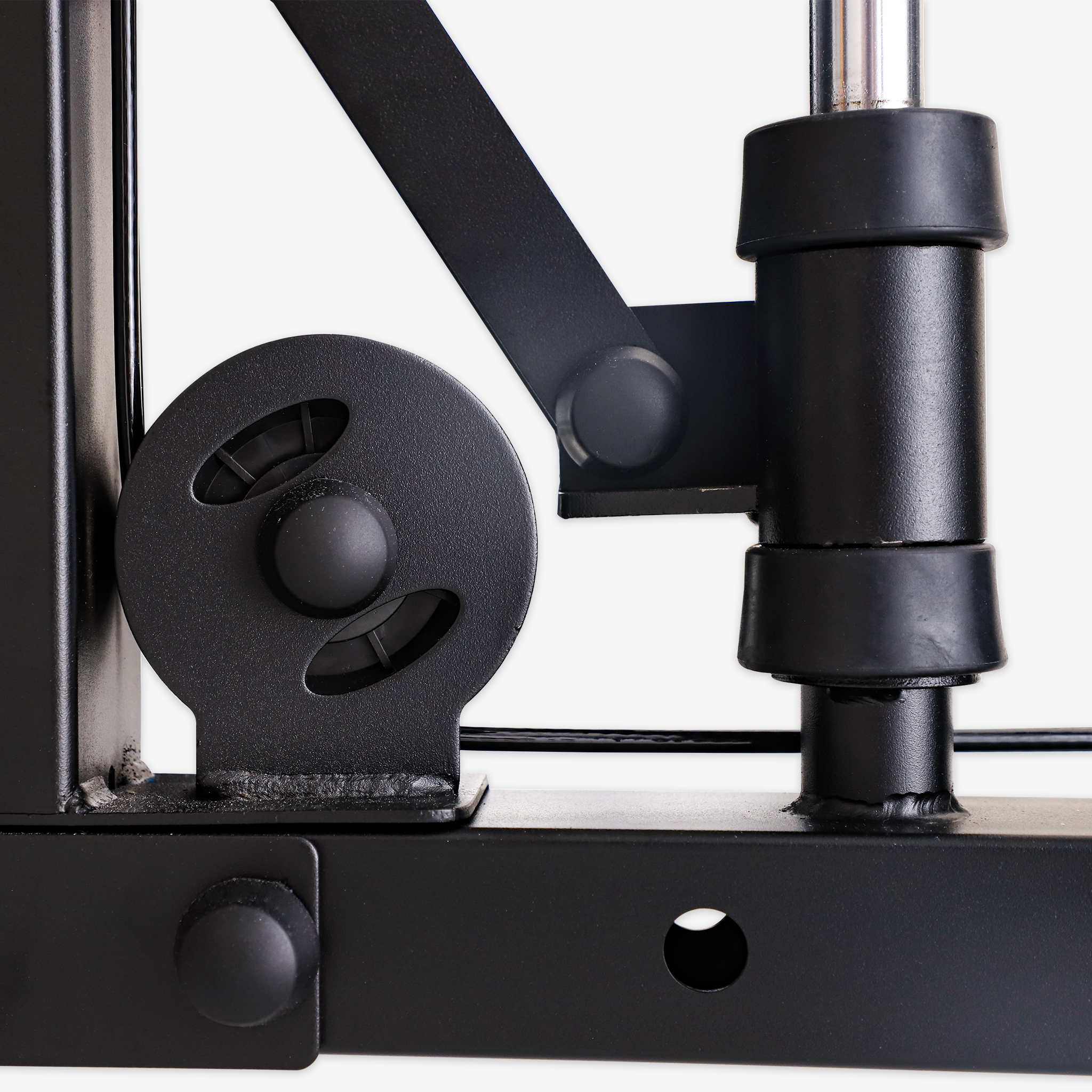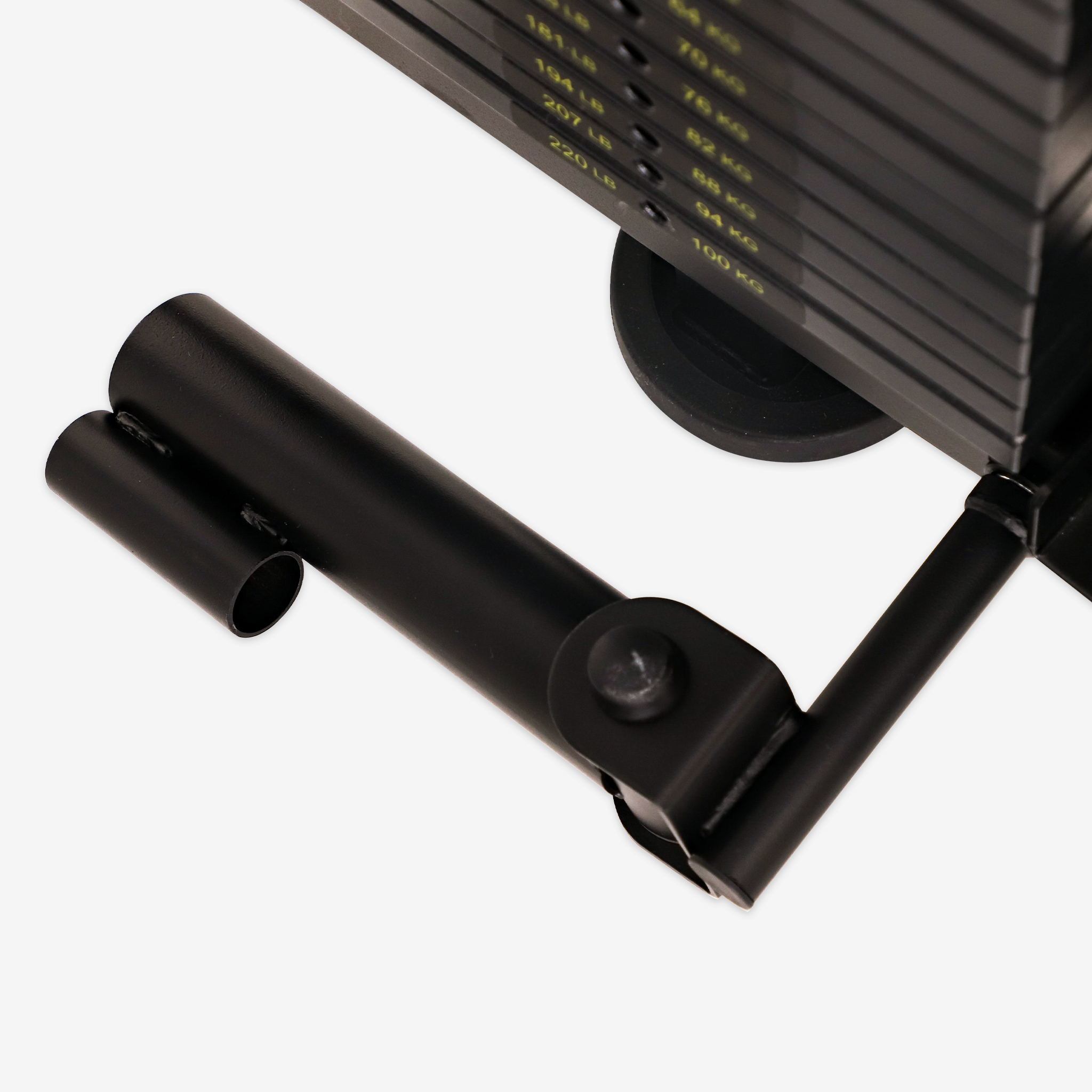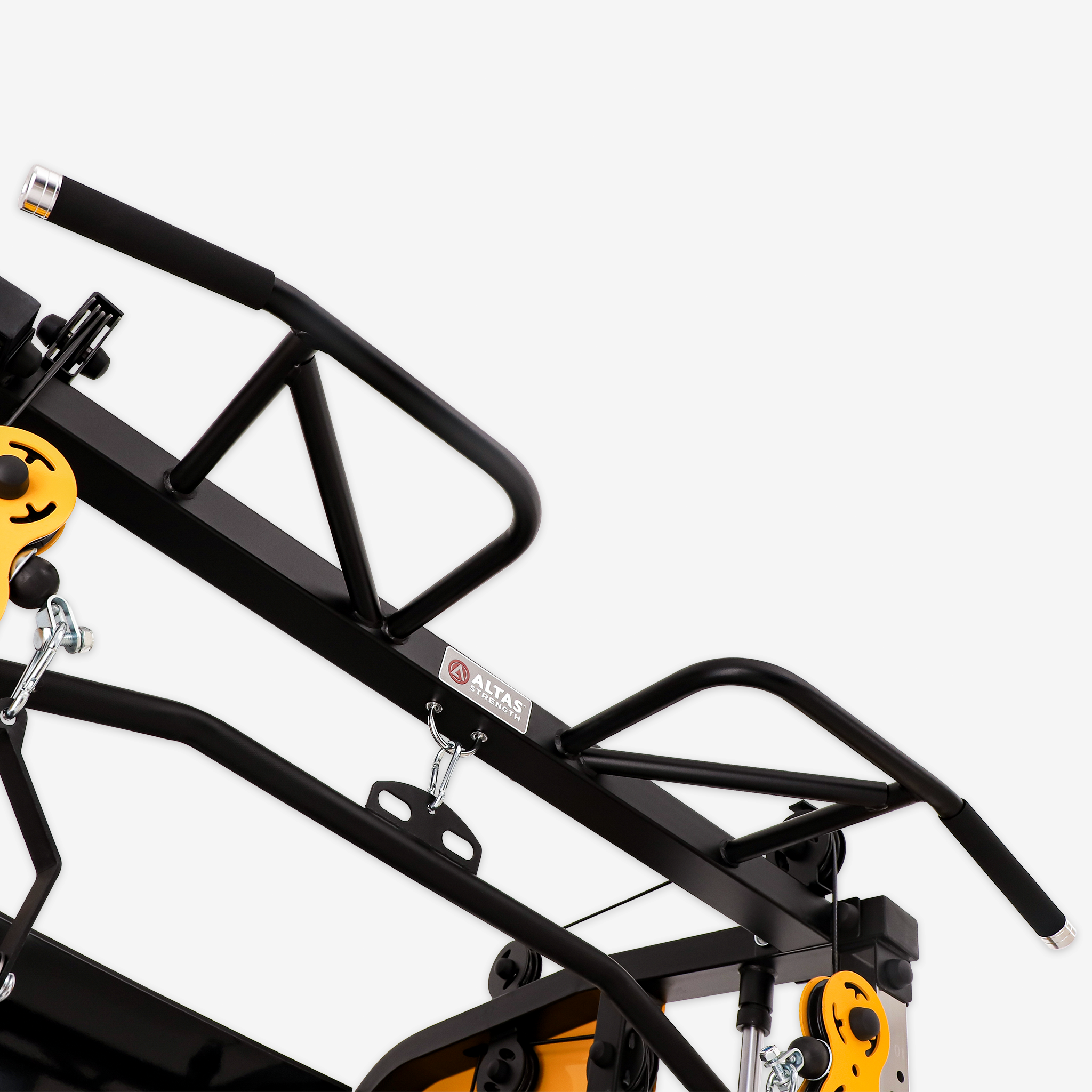In the modern fitness world, the pulley system is one of the most effective and versatile tools for strength training and functional movement. From commercial gyms to home setups, pulley systems are widely adopted by beginners and professional athletes alike. Whether your goal is to build strength, improve flexibility, or enhance joint stability, this article explores how to harness the full potential of an exercise pulley system.
I. What Is a Pulley System in Fitness?
A pulley system is a mechanical setup consisting of one or more pulleys and a rope or cable. It allows users to move weights smoothly while changing the direction of force. In fitness, pulley systems are integrated into machines like cable crossovers, functional trainers, and home gym units such as the Altas Strength series.
There are three types of pulley systems:
- Fixed Pulleys: Change the direction of force without offering mechanical advantage.
- Movable Pulleys: Reduce the amount of force needed to lift a load, providing a mechanical advantage.
- Compound Pulleys: Combine both types for optimal training efficiency.
With adjustable pulleys, users can target various muscle groups at multiple angles, making the system highly effective for total-body workouts.
II. Why Use a Pulley System for Training?
1. Builds Muscle Strength and Endurance
Exercise pulley systems provide constant tension, which increases muscle fiber activation. This leads to enhanced strength gains and muscle endurance across exercises like lat pulldowns, cable curls, and tricep pushdowns.
2. Improves Flexibility and Range of Motion
Pulley exercises follow natural movement paths. This helps improve joint mobility and flexibility without putting unnecessary strain on tendons or ligaments.
3. Reduces Injury Risk
Because pulley machines guide motion along a controlled path, they reduce the chance of incorrect form, minimizing injury risks—especially for beginners or those in rehabilitation.
4. Customizable for All Levels
With weight stacks or resistance adjustments, pulley systems accommodate various fitness levels. Whether you're recovering from an injury or training for performance, you can fine-tune your workouts accordingly.
5. Multifunctional and Space-Saving
Many compact pulley systems, such as the Altas Strength AL-3058, combine upper and lower body training. A single machine can replace several pieces of traditional equipment.
III. Top Pulley System Exercises
1. Pulley Squats
Stand facing the machine with the handles at shoulder height. Squat down while keeping your chest upright and your arms extended forward. This engages your glutes, quads, and core.
2. Standing Chest Stretch
Set the pulleys just above shoulder level and grip both handles with arms extended. Step forward to feel a deep stretch across your chest while maintaining a strong core.
3. Chest Fly
Use mid-level pulleys to perform cable chest flies. This isolates the pectoral muscles while also activating the shoulders and triceps. Control is key for muscle growth and joint safety.
4. Cable Rows
Attach a row handle and sit or stand while pulling the weight toward your torso. This move targets the lats, rhomboids, and biceps, helping to build a strong back and posture.
5. Cable Crunches
Kneel in front of the pulley with a rope attachment and crunch downward, engaging the core. This is a powerful ab exercise that enhances definition and trunk stability.
IV. Scientific Training Tips
1. Start Light and Increase Gradually
Begin with lower weights to learn proper form and reduce injury risks. Gradually increase resistance to challenge your muscles as they adapt.
2. Focus on Form and Posture
Always maintain a neutral spine and controlled movement. Poor form can lead to imbalances and injuries even with cable guidance.
3. Integrate Free Weights for Balance
Combine free-weight exercises like dumbbell presses or barbell squats with pulley movements to develop stabilizing muscles and maximize hypertrophy.
4. Train Different Muscle Angles
Adjust the pulley height to target muscles from various angles. This enhances overall development and prevents muscular imbalances.
5. Use Supersets and Circuits
Maximize time efficiency with supersets (e.g., bicep curls + tricep pushdowns) or circuit-style routines using different pulley stations.
V. Who Should Use a Pulley System?
- Beginners: Safe, guided resistance training without a spotter.
- Rehabilitation Patients: Smooth and adjustable resistance supports joint-friendly movement.
- Athletes: Functional training for agility, coordination, and strength.
- Home Gym Users: Space-saving, all-in-one workout options.
Products like the Altas Strength AL-3058, AL-3000Y, and M810 feature adjustable pulley arms, heavy-duty frames, and dual weight stacks—perfect for home and professional use.
Conclusion
The exercise pulley system is more than just a machine—it's a gateway to versatile, functional, and safe strength training. From improving muscle tone and endurance to enhancing joint health and posture, pulley systems help people of all fitness levels meet their training goals. With scientifically-backed techniques and quality equipment like those from Altas Strength, you can bring the power of commercial-grade fitness right into your home or studio.
Start your journey today and experience how pulley systems can elevate your workout, protect your body, and help you achieve long-term health and performance goals.
Explore premium pulley system equipment now at AltasStrength.com

